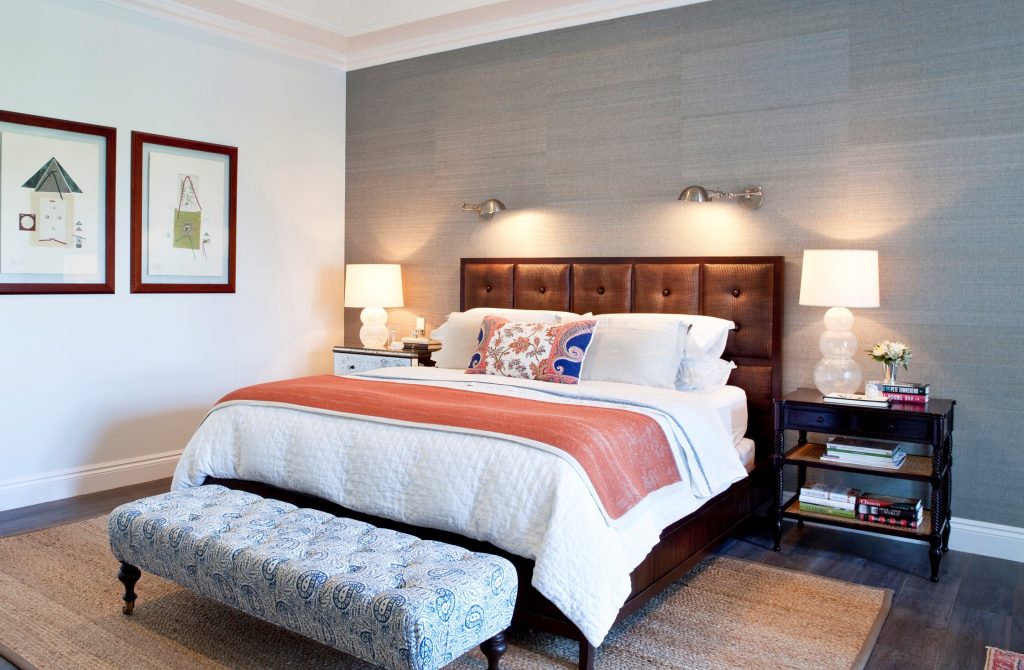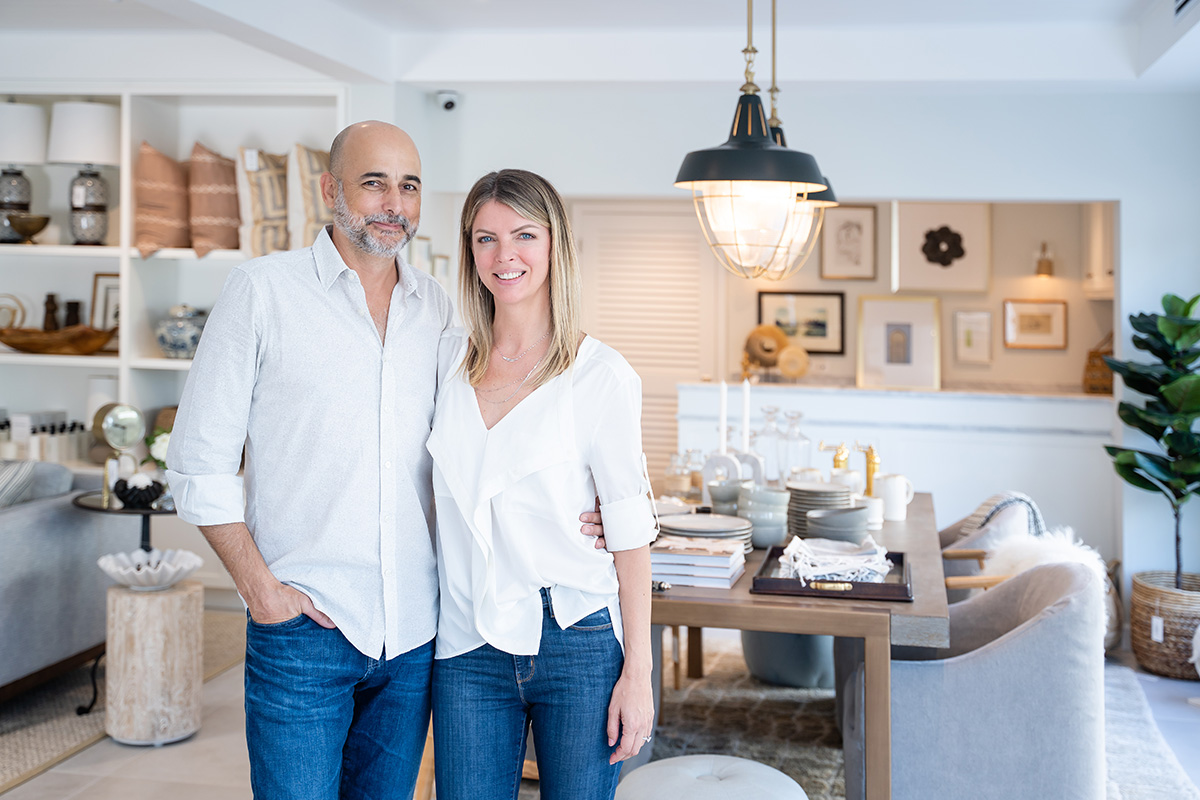Why Size Really Matters When You’re Buying A Bed
‘Will this piece fit in my room?’
This should be your mantra when you’re shopping for new furniture. But at HÜIS Cayman, we’ve noticed the question often gets overlooked when it comes to finding a bedframe in just the right size. In fact, we’ve actually had to rescue many bedroom designs from the clutches of a ‘that-bed’s-too-big’ catastrophe.
Here’s how to prevent this type of bedroom disaster before it begins…
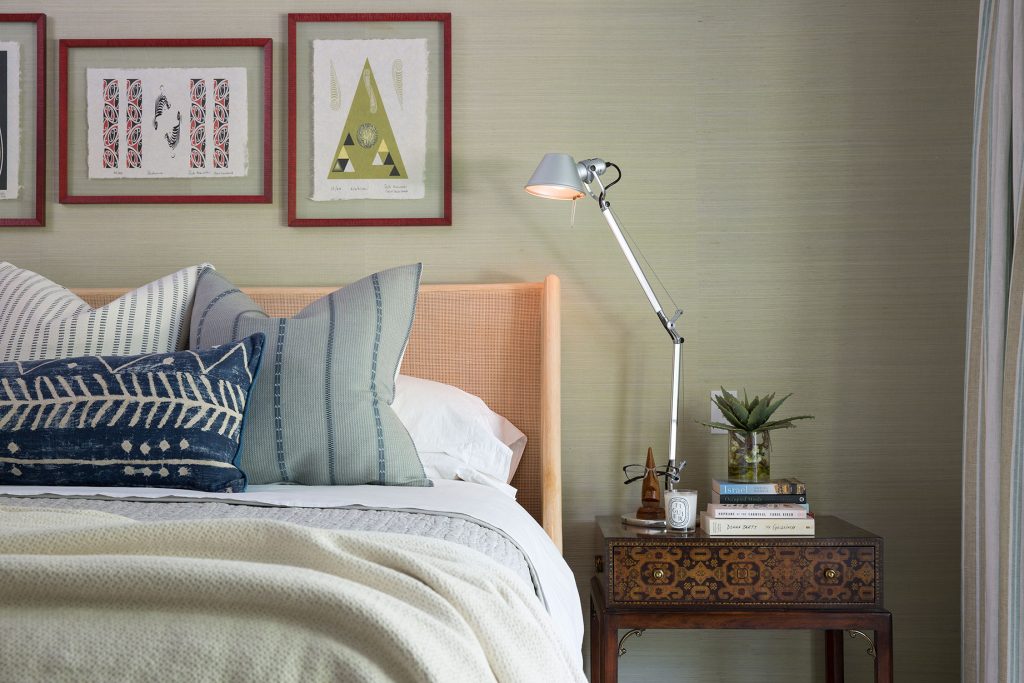
Getting Started
When committing to a bed size, you must first consider the shape and size of your room. (Read that sentence again as it bears repeating!) Next, review exactly what it is you’re looking for in a new bedframe. Ask yourself these kinds of questions:
- Are you furnishing a master bedroom from scratch on a second floor?
- Are you creating a guest room on your ground floor?
- Do you simply want to upgrade to a larger bed?
- If so, will you have to give up some of your other pieces of furniture?
- What’s the largest component of your new bed?
- Will you be able to get your new bed into your home without any difficulty?
That last question is perhaps the most important as it’s frequently ignored during the hectic process of finding, purchasing, and transporting a new piece of furniture.
Finding the Right Fit
At HÜIS Cayman, we find that bedroom designs work best when they’re made to measure. That is, we start with the bed and then tailor the rest of the room accordingly – so accurate measurement is always key.
Big bedrooms and bijoux boudoirs are all designed with the same goal in mind: Maximise space to optimise both sleep satisfaction and practical functionality. To reach this goal, follow these three easy-to-remember (yet not so simple to carry out) steps:
- Choose the right sized bed for the room you’re working in.
- Ensure the rest of the furniture in the room is also the appropriate size.
- Map out the shape and square footage of your bedroom before making a purchase.(If you need your own Cayman Islands interior design team to help you with any of these steps, drop by our store for a chat during the week or book a design consultation with our Cayman Islands-based team.)

Sizing Up Your Bed
Remember: It’s very easy to set your heart on a bed that might not work. So, before you shop…STOP! And that’s not just a suggestion, it’s also an acronym:
- S top.
- T ake out a tape measure.
- O bserve the bed size as well as the ‘wall-to-bed’ dimensions.
- P ick which other pieces of furniture you’ll use in your bedroom.
Need some more tips on sizing a bed? Some over-achievers even use tape and cardboard to map out a mock footprint of the bed they want, so that they can get a real feel for how it will work in their space. We approve. You can never be too prepared, especially when you consider that buying the wrong bed could mean jeopardising your personal comfort.
Mapping Out Your Bedroom (aka: Why the Queen Reigns Supreme)
Once you have a bed in mind, it’s time to start conceptualising how it will fit into your chosen space.
Here are some bed basics:
- Take a detailed inventory of your room.
- Look at where the doors and windows are and then check both sockets and vents to get an idea of where the bed could go.
- Next, consider these standard bed dimensions (remembering that each one can vary depending on the bed design):
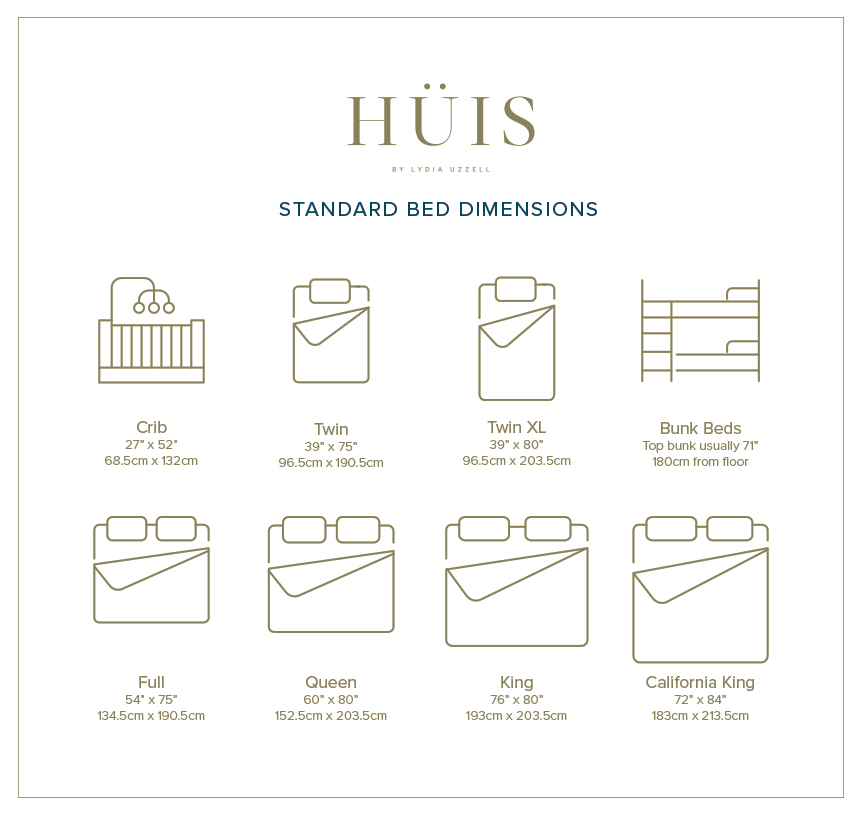
Most people shopping for a king-sized bed will choose between the standard king and the ‘California King’. The Cal King is generally the same size as the standard king but with 4 inches taken off the width (which are made up for in the length). Cal Kings are good for taller sleepers or narrow rooms. [Side note: Lydia Uzzell Design has undertaken quite a few projects over the years, so we can say with some confidence that it’s unlikely the ‘Super King’, ‘Alaskan King’, or ‘Texas King’ will pique your interest; take it from us… they’re all pretty awkward!]
When it comes to bedroom dimensions for king-sized beds, bigger is most definitely better. Remember that, after adding the bedframe, mattress, headboard, and your own fabulous bedding, and then taking into account the restrictions on exactly where your bed can go, you’ll still want room to manoeuvre. To clarify, let’s crunch some numbers:
A king-sized bed can work well if your room is upwards of 12’ x 10’. A 14’ x 19’ bedroom, for example, can comfortably hold a king-sized bed, two nightstands, a large armchair, an ottoman at the foot of the bed, and a dresser all at once. Alternatively, a 12’ x 12’ room will be able to hold the king bed, the two nightstands, and the dresser, but you’ll probably need to hold back on the rest. Please note that shoehorning never works in the context of bedroom design. Squashing a huge bed into a smaller room is bound to be more restrictive than relaxing.
Keeping all this in mind, we recommend you take a serious look at the queen. (Hey, she’s the most powerful piece on the chess board for a reason.) Ever wondered why you can always find plenty of bedding options for a queen-sized mattress? It’s actually because the queen is the most popular bed size overall, thanks to her tremendous versatility. With a queen, there’s adequate space for two partners (depending on how they sleep, of course), and the mattress fits perfectly into smaller bedrooms while simultaneously allowing for greater diversity and flow in bigger spaces.
Reviewing Wall-to-Bed Dimensions
Simply put, your bed has to fit flawlessly into your space and still leave ample room for you to live your life. Translation? Always leave some space at the foot and sides of your bed. Standard full/double beds should allow no less than 24” or 60cm between the frame and the wall, which leaves enough room for you to make your bed without having to squeeze yourself around the edges.
A single bed in a large room can even go right up against a wall, as you typically won’t need access to the foot of the bed. But if you opt for this kind of setup, don’t forget to measure from skirting board to skirting board, rather than wall to wall.
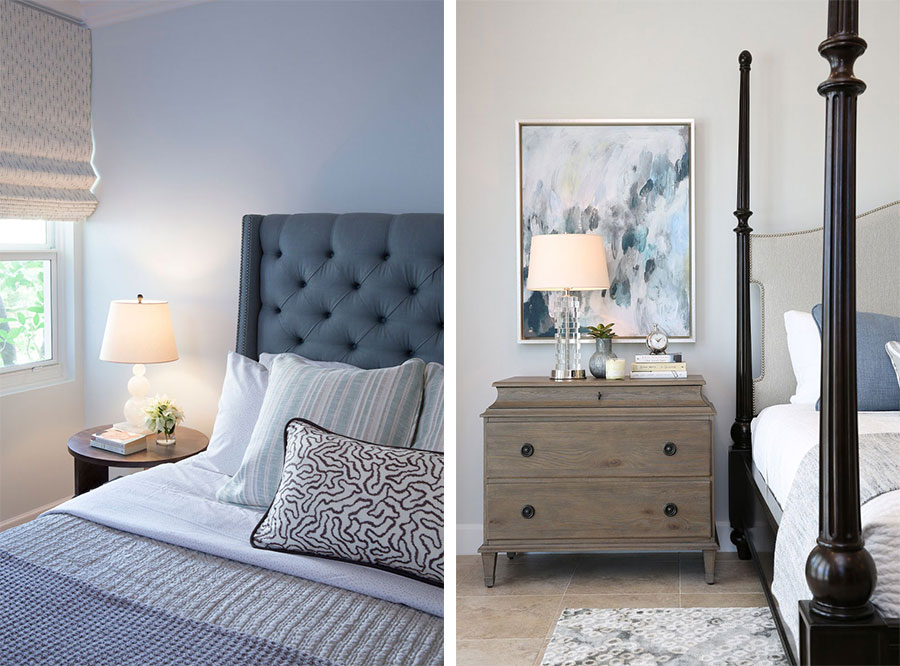
Some more notes on wall-to-bed ratios:
Ideally, leaving 30” – 50” (or 75 – 125 cm) on either side will allow you to make your bed and fit a nightstand or side table into your room without any problems. Remember to proportionately increase the width of your nightstand as the space either side of the bed increases (ie with a 30” or 75cm space consider an approx. 24” or 60cm wide nightstand, with 40” or 125cm space consider an approx. 34” or 85cm nightstand, etc).
The space between two twin beds should be no less than 19” or 50cm. If you adhere to this spacing, you’ll have room for a shared nightstand/side table and some extra space left over.
Headboard height is a preference thing – your overall design may call for a more dramatic aesthetic, which generally translates into something taller, or you may want low and sleek. This is one of those cases in which the choice is entirely up to you!
Need Help with Buying the Right Bed? We’ve Got You Covered.
HÜIS Cayman can help you calculate your square footage, measure both your current furniture and ‘flow’ needs, and come up with a bed size that lets you sleep in peace. If you want to delve deeper into the process of creating a beautiful bedroom design, come visit us at our store or email us info@huiscayman.com today.
